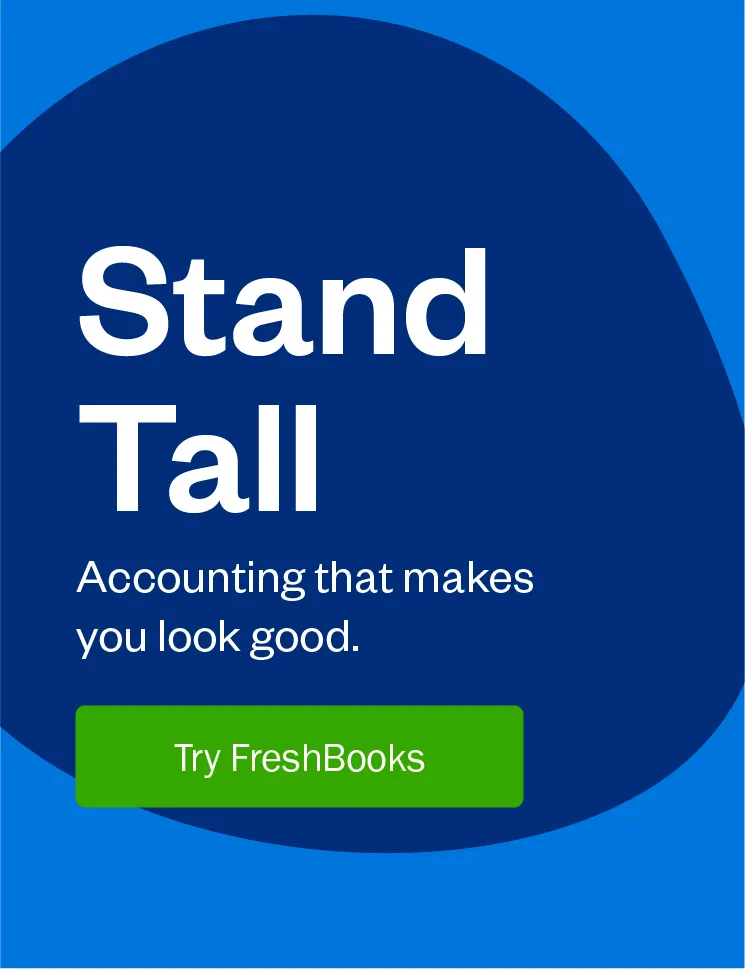In traditional employment, employees usually have a development plan. But when you work for yourself, how do you keep your skills current?

You likely started your business with a core service and as your business grew, so did you: You honed your skills, refined your craft, and became an expert. Hell, perhaps you became so good that before you knew it, you were the “go-to” person in your industry, with a reputation that’s led to constant referrals.
The truth, though, is that it doesn’t matter what your level of expertise or how amazing your reputation is, if you rest on your laurels your business can suffer. You need to work to keep your skills current, or even stay ahead of the pack!
Table of Contents
Why You Need to Keep Your Skills Current
Several trends and changes in the market dictate that you adapt or risk falling behind:
1. Technological changes: While technologies provide many benefits such as opportunities to automate, they also pose a threat to your ability to compete. Online marketing places like Fiverr, for example, are turning certain services into mere commodities.
2. Dynamic marketing trends: Today, brands focus on telling stories to connect with their customers because they understand this is what their customers want. Online there’s also a shift, with video content becoming increasingly more prominent. The way customers search for content is ever-changing, with voice search absolutely exploding.
3. Consumer trends: Consumers have become more discerning about what they buy. They prefer quality over cheap services and products, and local, organic, and small over mass-produced.
The point is: Given these trends and changes in the market, how do you remain ahead of the curve?
Answering this question can be difficult especially as you’re probably caught up in the day-to-day of running your business, making it hard to see the bigger picture. It’s even more difficult as a self-employed professional. After all, you’re responsible for your own development and don’t get the training you usually would in a traditional job. The buck stops with you.
The good news is that if you constantly innovate and make a few simple changes, you can ensure your skills remain as relevant as ever. Here’s how:
5 Ways to Keep Your Skills Current
1. Create a Self Development Plan
Constant improvement is crucial for the growth of your business. Start by assessing your current skills levels, identify areas that need improvement, and then find ways to plug those holes.
The areas needing improvement will include both hard and soft skills. Hard skills will be those activities that are directly measurable. For example, if you’re a photographer, this would be your photography skills. Soft skills, however, are less tangible and will include things such as email etiquette, reading people, listening, and so on.
To improve these areas you could hire a mentor, dedicate a portion of your day to reading interesting material or even sign up for an online course. Udemy has plenty of courses you can enroll in, and there are many gurus in your field that also offer courses.
2. Stay Updated on Current Trends
Your ability to adapt starts with keeping abreast of the changes happening around you. But how do you do that? You can:
- Read leading publications in your industry. For example, SitePoint is ideal if you’re a web designer and Millo’s perfect for any creative professional
- Find your community. Who better to help you remain competitive and aware of changes in the industry than people in a community, you’re part of. This could, for example, be a real-life small business community or even an online one such as a Facebook group
3. Engage Clients Consistently
As a service professional, you’re on your own unique journey. It’s easy, though, to get lost on that journey and forget about your clients. Similarly, it’s easy for clients to forget about you as they’re busy with their day-to-day and have lots vying for their attention.
So, you need to look beyond a transactional relationship of delivering a service for money, to engaging them constantly and building a relationship. A few ways to engage clients include:
- Sending an email where you share an idea or even an article that could help their business
- Creating a newsletter with valuable content
- Keeping them updated on the latest trends in their industry
- Delivering value beyond your service. For example, submit new ideas with completed projects.
By doing this, the relationships shifts from transactional to relational. It’ll keep your clients on their toes and ensure you remain top-of-mind, and in demand.
4. Do Things Differently
“Whenever you find yourself on the side of the majority, it is time to pause and reflect.” Mark Twain
This famous quote rings especially true for creative professionals such as photographers, designers, and writers. Doing what everyone else is doing makes it increasingly hard to stand out and if you’re not careful you’ll find yourself in a race to the bottom. Nowhere is this more apparent than when setting rates.
Many freelancers mistakenly quote for their time, instead of the value of a project. This approach to pricing only opens you up to disagreements with clients over rates, and you don’t get rewarded for becoming faster and better at what you do.
The bottom line: If everyone in your industry is doing things a certain way, It may prove wiser going against the grain. For example, instead of:
- Cold calling, send direct mail
- Pricing per hour, price per project
- Only focusing on the exchange, build relationships
These are but a few, examples, but you get the point. By doing things just a little differently, you won’t be perceived as a mere commodity, but as someone who offers real value.
5. Work for “Trailblazing” Clients
The ability to innovate and adapt is not only dependent on what you do but also on the clients you work with. If you work with clients who are “stuck in a rut” and not open to innovation, you’ll end up stuck too. And, if you work with clients who don’t allow you to tackle projects that will help you grow, you won’t grow.
BUT if you work with clients who are the opposite, you will flourish. You will keep your skills current and even be on the forefront of innovation. I see this in my own business. One of my anchor clients is always innovating and encouraging me to share ideas on how to help with this innovation. The projects I tackle are diverse – both in terms of size and skills involved – and keep me engaged.
Conclusion
In a fast-changing world where there’s always a new innovative approach around the corner, it can be difficult to keep your skills current. The truth though is that it doesn’t have to feel this way as long as you’re growing, monitoring trends, building relationships, paving your own path, and working with pioneering clients.
As you embark on the journey of remaining relevant, remember to update your marketing materials to reflect that. This simply means that if you’ve learned a new skill – make sure your website indicates that. It also means that if you’ve decided to target a new market segment, ensure your positioning statement on your site reflects that. It’s that simple.
I’m curious, what do you do to ensure your skills remain current?

Written by Nick Darlington, Freelance Contributor
Posted on September 17, 2018

 Having Business Mentors is Key for Success as a Leader
Having Business Mentors is Key for Success as a Leader Great Read: Tim Ferriss’s Tribe of Mentors
Great Read: Tim Ferriss’s Tribe of Mentors




